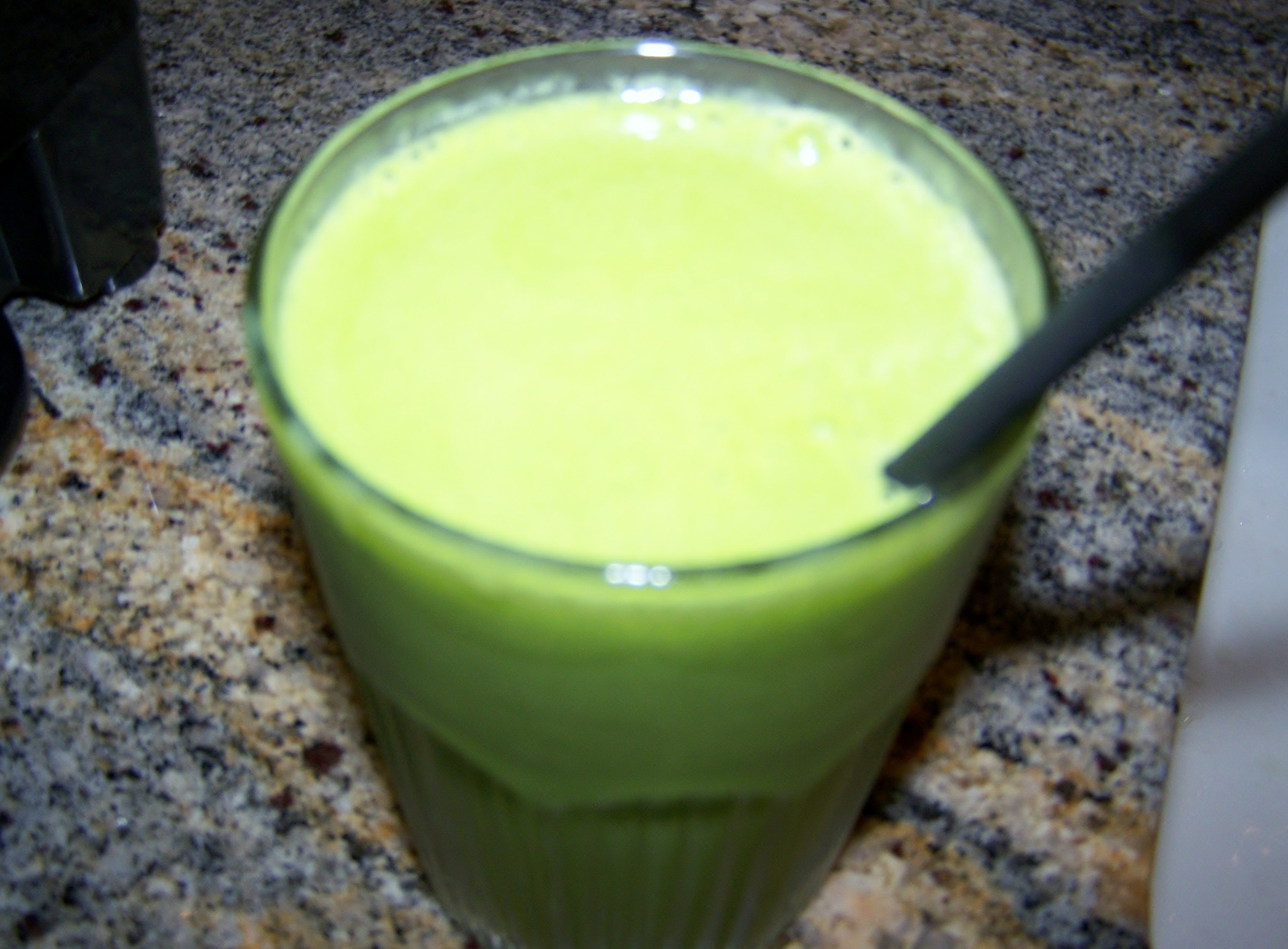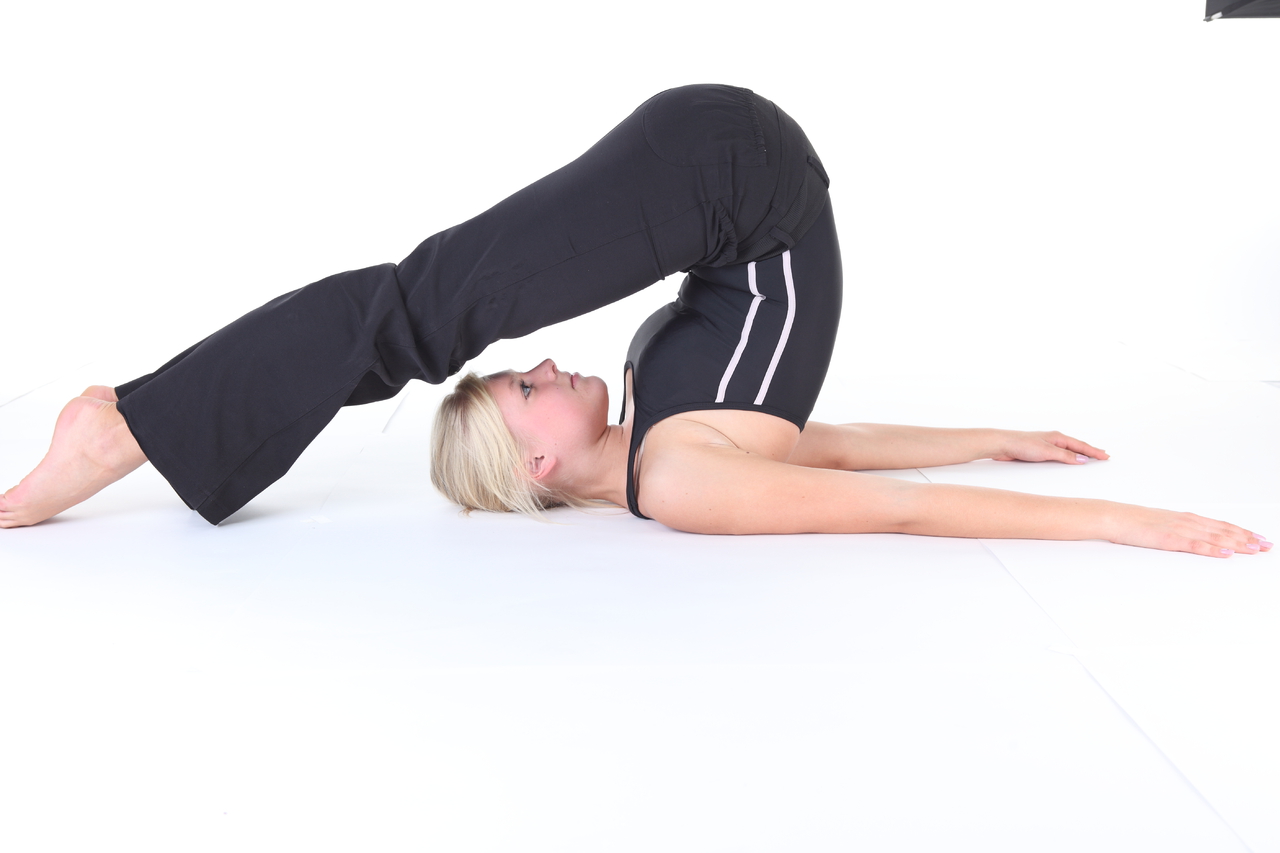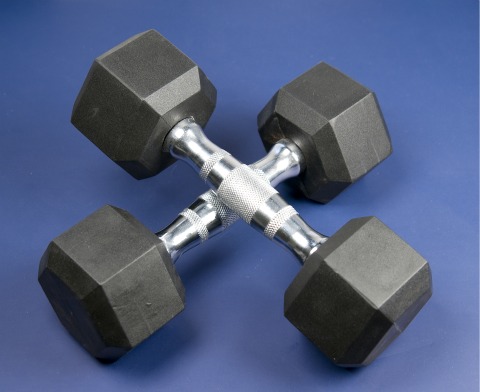Yoga styles
Yoga by definition means “union” and has been around for thousands of years. The mind-body benefits of this form of exercise are endless. Practicing yoga on a regular basis promotes flexibility, relaxation, tones your muscles and can reduces stress, for starters. There are many types or styles of yoga. Whether you are a beginner, intermediate or advanced exerciser, start with a basic routine. Keep in mind that yoga is a completely new challenge that can work your body in a way it has never been worked before. Listed below is a rundown of some of the popular yoga styles. Several ‘styles’ serve as an ‘umbrella term’ for various types of yoga classes within each category (or sub-categories).
Five popular yoga styles
Hatha- a great style for beginners, hatha yoga encompasses various class styles but tends to be slower-paced and gentler than other forms. For this reason it is an excellent option for individuals that desire to lay a solid foundational understanding of the basic postures and poses and/or who may be beginners to the practice.
Vinyasa- like Hatha, this term also encompasses a variety of class styles. It is comprised of a sequence of yoga postures connected with your breathing. They are designed to create a seamless ‘flow’ throughout the practice.
Ashtanga- or “power yoga” is more a more physically demanding style of yoga practice with an emphasis on muscular endurance as well as flexibility – it offers a rigorous workout.
Bikram- or “hot yoga” includes a sequence of 26 yoga poses performed in a heated room. It is not uncommon for Bikrim classes to last 90-minutes.
Iyengar- the focus of this style of yoga is on proper body alignment and includes the use of props and/or accessories to facilitate the correct body position for each pose. Typically, there is an emphasis on holding the postures for a longer period of time instead of flowing quickly from one pose to the next.











